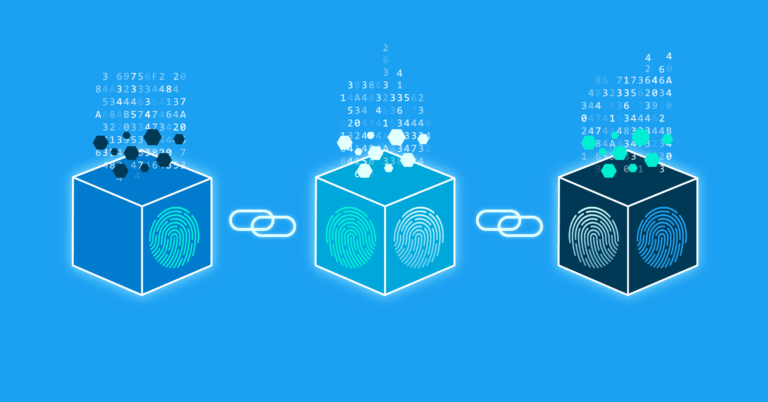Cross-Chain Interoperability: Basics of Cross-Chain Compatibility
Crypto traders and investors are exposed to new technologies and consensus mechanisms that are driving innovation in the crypto space with each new blockchain network. But the fact that these networks don’t work with each other has made it hard to move blockchain development forward. Cross-chain compatibility, which is also called cross-chain interoperability, is a…









